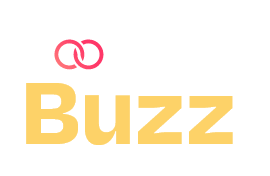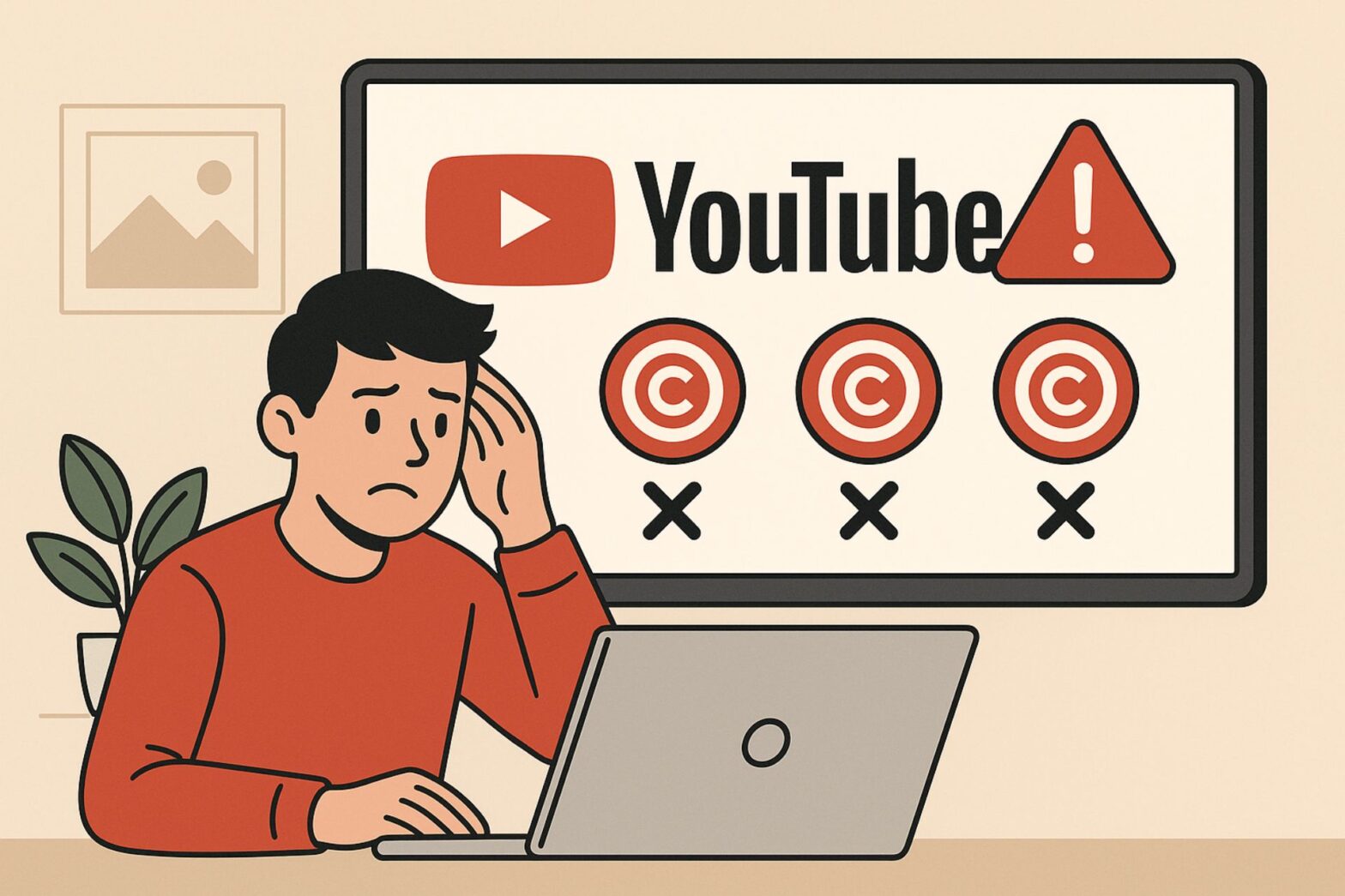Table of Contents
YouTube has evolved into a powerful platform for creators to share ideas, build audiences, and even make a living. But with that opportunity comes the need to understand and navigate its rules—especially when it comes to copyright. One of the most critical systems to grasp is YouTube’s 3-strike policy.
Many creators have faced channel termination, not because of malicious intent, but due to a lack of clarity around what constitutes copyright infringement. Let’s break down YouTube’s 3-strike policy, explain what each strike means, and show you how to avoid them while creating freely and legally.
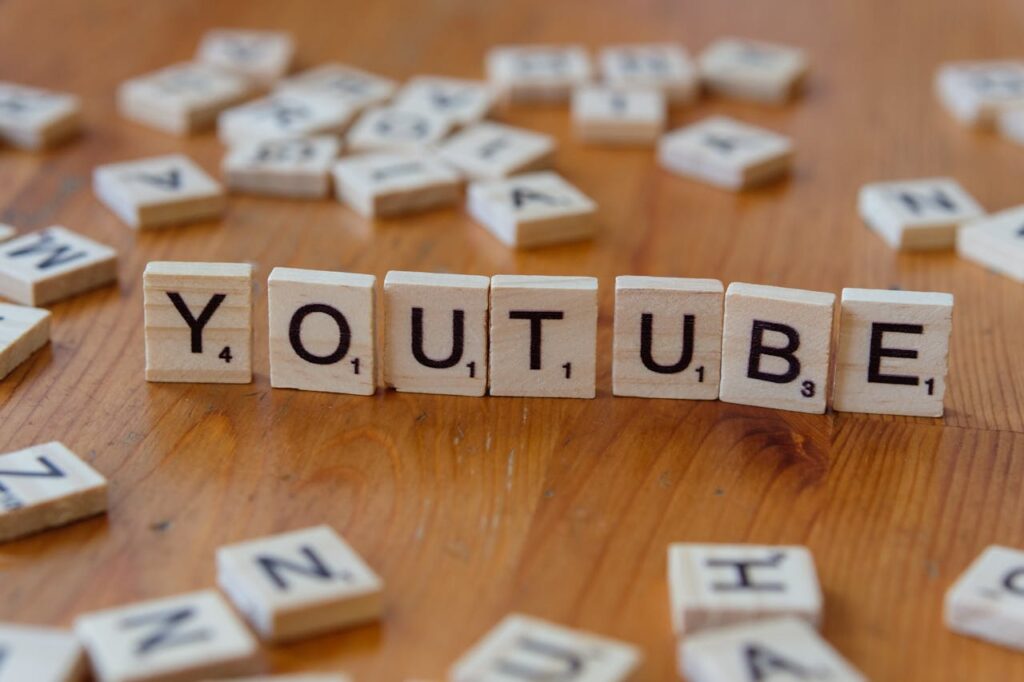
What is YouTube’s 3-Strike Policy?
YouTube’s 3-strike policy is part of its broader copyright enforcement mechanism. When someone uploads a video that infringes upon someone else’s copyrighted content—such as music, videos, images, or other intellectual property—the copyright owner can file a takedown request under the Digital Millennium Copyright Act (DMCA).
If YouTube confirms that the claim is valid, it issues a copyright strike against the uploader’s channel. This is not to be confused with a copyright claim, which often just redirects monetization to the copyright holder. A strike, however, is more serious and carries penalties.
Under the 3-strike policy:
- Strike One is a warning and an educational opportunity.
- Strike Two is more serious and comes with added limitations.
- Strike Three leads to the termination of your channel.
What Triggers a Copyright Strike?
Not all uses of copyrighted material result in a strike. However, there are common triggers that you should watch out for:
- Unlicensed Music: Background tracks or songs added without permission, even if they play briefly.
- Re-uploaded Content: Posting someone else’s video or major parts of it.
- TV Shows, Films, or Game Footage: Uploading clips without proper licensing or context.
- User-Generated Remixes or Covers: Even these can trigger strikes if not properly licensed.
- Content ID Matches: YouTube’s automated system can detect copyrighted material and issue strikes based on matches.
YouTube uses both automated detection (Content ID) and manual takedown requests from copyright holders to identify infringing content.
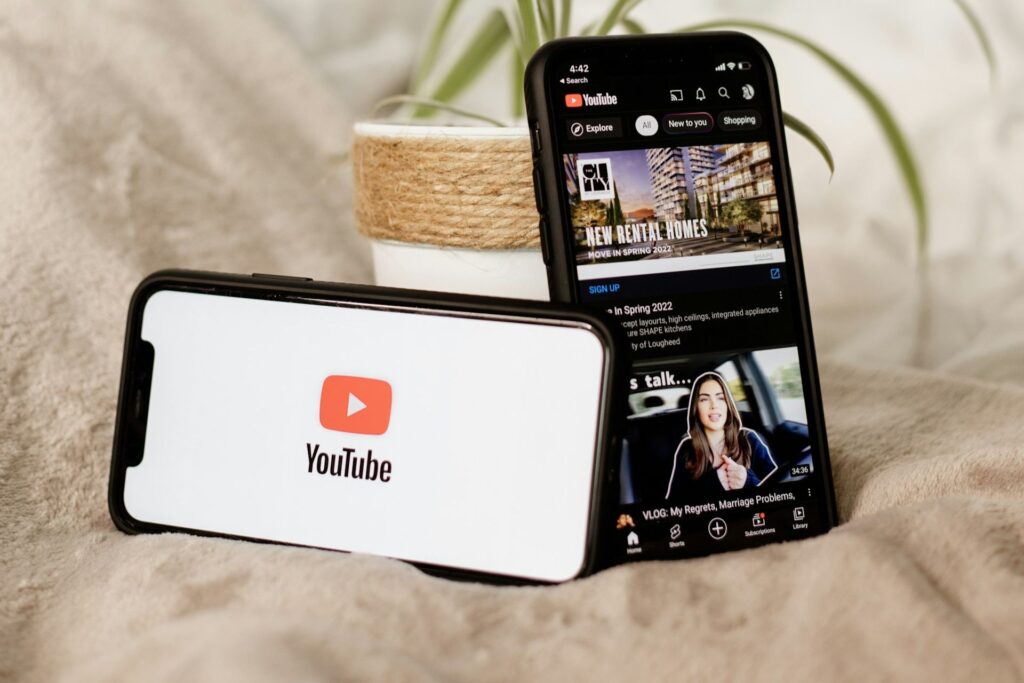
The Three Strikes Explained
Let’s break down what happens at each stage:
First Strike
- Your video is removed.
- You receive a formal warning.
- You must complete YouTube’s Copyright School, which is a short tutorial explaining copyright laws.
- Your ability to livestream may be temporarily disabled.
Second Strike (within 90 days of the first)
- Another piece of content is removed.
- Stricter account limitations apply (e.g., uploading restrictions, limited monetization).
- Your standing with YouTube worsens.
Third Strike (within 90 days of the first)
- Your entire YouTube channel is permanently deleted.
- All your videos are removed.
- You may be banned from creating new channels.
The 90-day window is important: if you do not get another strike within that period, the strike expires. However, repeated violations can lead to permanent suspension regardless of the number of active strikes.
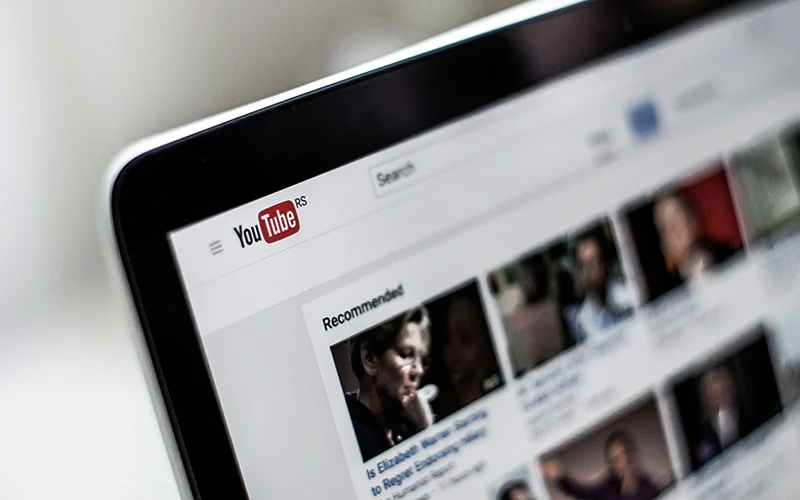
Strike vs. Claim: Know the Difference
Many creators panic when they receive a copyright claim, thinking their channel is in danger. But a claim is not the same as a strike.
- Claim: Monetization may go to the copyright holder. Your video remains online.
- Strike: Video is taken down. YouTube penalizes your channel.
Claims are often automated and non-punitive, but repeated claims may eventually lead to strikes or demonetization.
How to Resolve a Copyright Strike
If you believe the strike was issued in error, you have several options:
- Contact the copyright owner and request a retraction.
- Submit a counter-notification to YouTube if you believe you have the legal right to use the content (e.g., under fair use).
- Wait it out: A strike lasts 90 days and expires if you don’t receive additional strikes.
However, filing a false counter-notification can have legal consequences, so make sure your claim is valid.

Avoiding Strikes: Best Practices for Creators
To stay strike-free and worry-free, follow these best practices:
- Use royalty-free or licensed content: Platforms like Hoopr, Hoopr Smash or YouTube’s own Audio Library provide safe music options.
- Create original content: This includes visuals, scripts, and sounds.
- Give credit where due: Even when using Creative Commons material, attribution is important.
- Understand fair use: Use copyrighted material in a transformative, educational, or critical context. Even then, there are risks.
- Read YouTube’s Terms of Service and Copyright Guidelines regularly.
Community Guidelines vs. Copyright Strikes
Another area of confusion is the difference between community guideline violations and copyright strikes.
- Community Guidelines involve issues like hate speech, violence, spam, or misinformation. Violations can also lead to strikes.
- Copyright Strikes specifically relate to the unauthorized use of copyrighted material.
Both can lead to channel termination if violations are frequent or severe.
What Happens After Channel Termination?
If you receive three copyright strikes within 90 days:
- Your channel is permanently deleted.
- All your videos and data are removed.
- Your Google account may face restrictions.
- You are often barred from creating new YouTube channels.
This is devastating for creators who have invested years of work. That’s why understanding and respecting copyright rules is essential.
Conclusion: Create Freely, But Legally
YouTube offers incredible potential for creators to express themselves and earn a living. But the platform also enforces strict copyright rules to protect content owners. The 3-strike policy isn’t meant to punish, but to enforce fair use and intellectual property rights.
By staying informed, using licensed resources like Hoopr or the YouTube Audio Library, and respecting copyright law, you can continue creating amazing content without worrying about strikes.
Remember: one careless upload can cost you your channel, but one informed choice can protect your entire career.
Need Safe Music for Your Channel?
Explore Hoopr.ai for trending Indian tracks that are copyright-safe. Download, plug, and post—all legally and effortlessly.
Stay creative. Stay protected.
